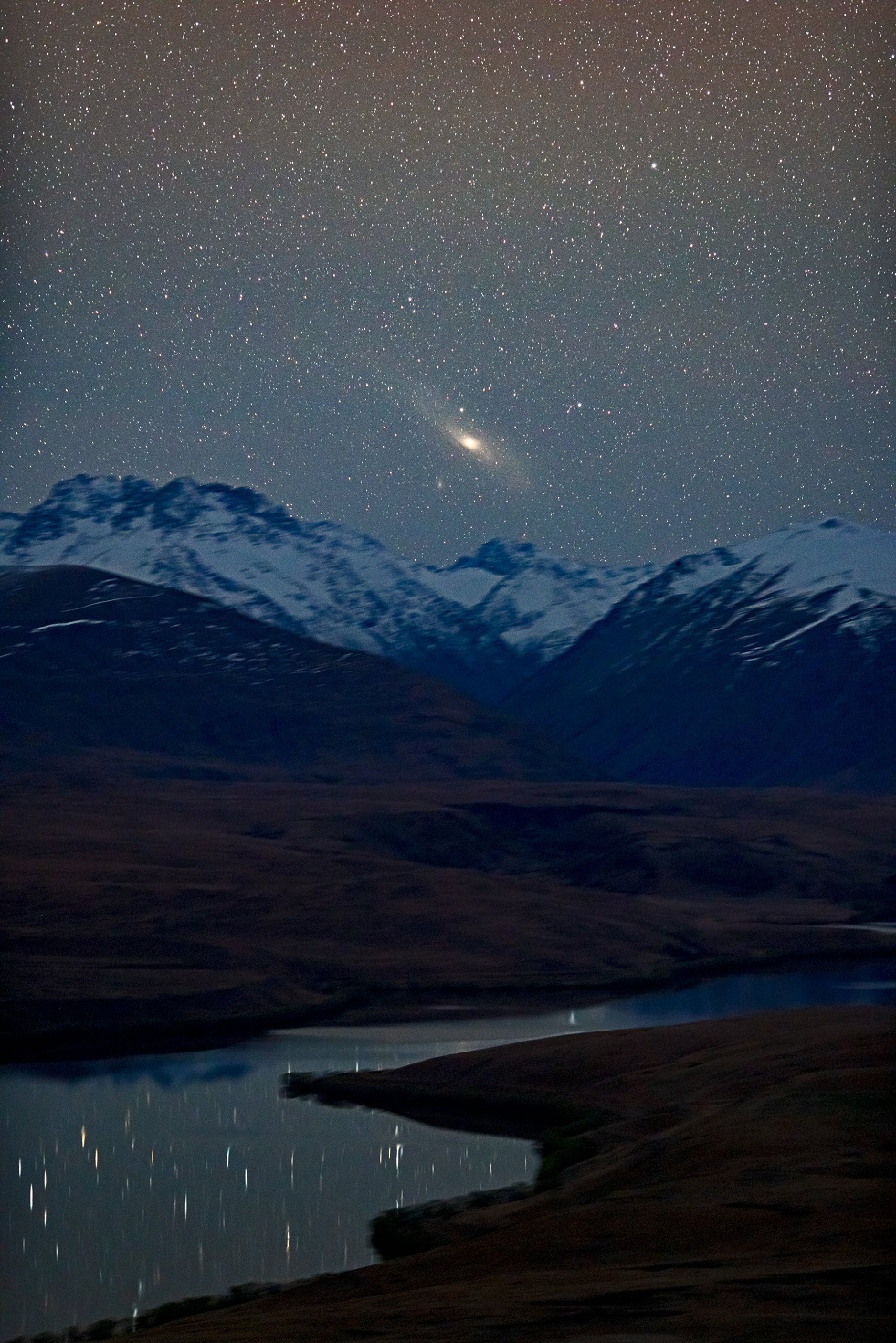

With the prospect of dark skies in the week ahead, I shall be taking time out to hunt for one of my favourite objects in the heavens. I am talking about the great Andromeda galaxy, which peeps above the northern horizon for a few hours either side of midnight.
The Andromeda Galaxy is the most distant object visible with the naked eye. It is more than two and a-half million light years from us. Just think about that for a moment. The speed of light is 300,000km per second. The light you see from this distant star wheel has taken more than 2 million years to reach your eyes.
This distant galaxy was known to the ancients and had been observed well before the invention of the telescope. Its position in the sky was first catalogued by the Persian astronomer Al Sufi in 986 AD.
The German astronomer Simon Marius was the first person to study the Andromeda Galaxy with a telescope. Writing in 1611 he described the galaxy as looking "like the light of a candle shining through horn".
Astronomers estimate that the Andromeda Galaxy contains more than a trillion stars. It is moving towards our home galaxy, the Milky Way, at a speed of more than 100km per second and in just over 5 billion years it will merge with our galaxy in a cosmic collision.
From our part of the world, the Andromeda Galaxy is always low in the sky. In fact, it never gets higher than three degrees above the horizon. This week it reaches its highest point in the northern sky just after midnight.
To have the best chance of finding it you will need to find a spot with an unobstructed view to the north that is also well away from city lights. Look for a dim smudge of light very close to the horizon. A pair of binoculars will make the galaxy much easier to see.











